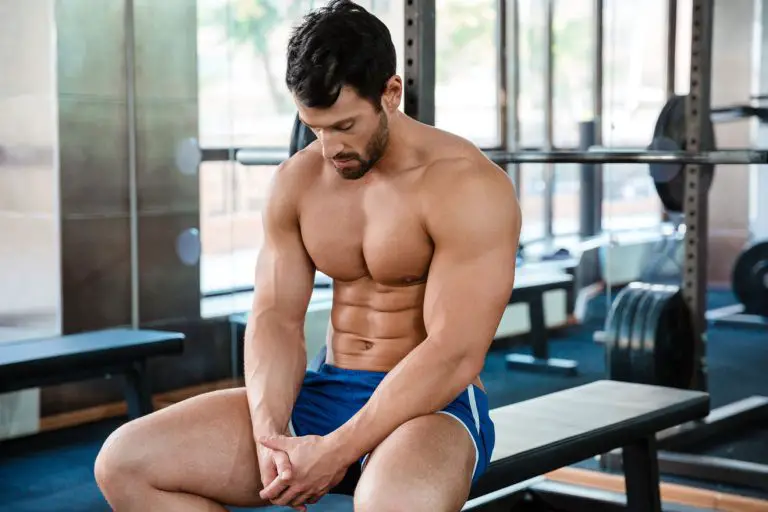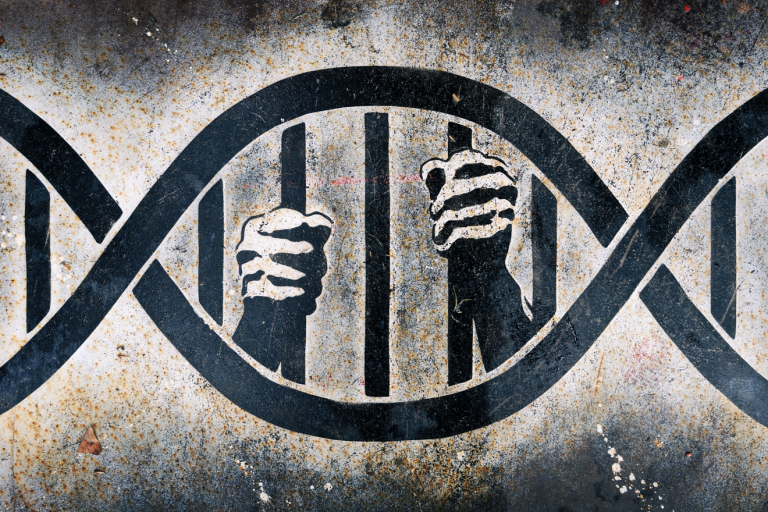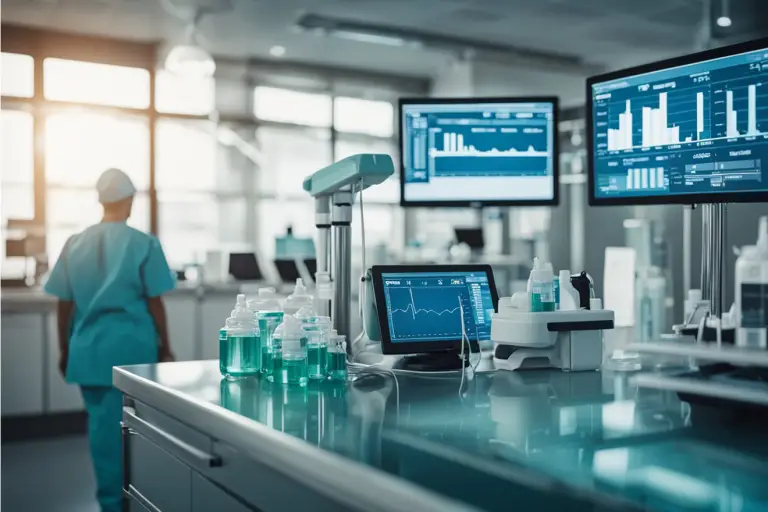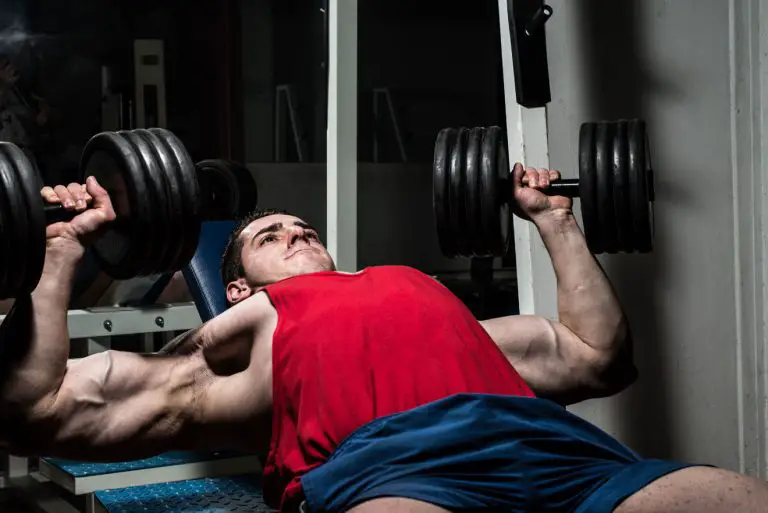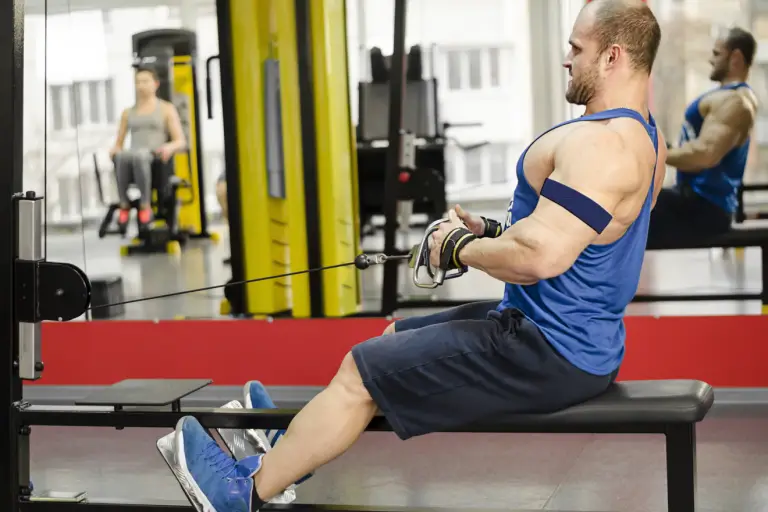Does muscle soreness mean muscle growth?
Key takeaways
- Most people associate muscle soreness with muscle growth.
- Muscle soreness is more of an effect of a new or challenging workout and does not necessarily indicate muscle growth.
Understanding muscle soreness and growth
After a tough workout, you might experience that familiar feeling of tightness, discomfort, or even pain in your muscles. This sensation is often referred to as Delayed Onset Muscle Soreness (DOMS), and it’s something most gym-goers have encountered at some point. Many people ask what DOMS is and how to manage or minimize the soreness. But the question that we’ll be discussing today is whether muscle soreness actually indicates muscle growth. If your muscles are sore, does that mean you’re getting stronger and building muscle mass? Or is soreness simply a sign that your body is reacting to the stress of exercise?
To answer this, it’s essential to understand what DOMS is, what causes it, and how it relates to muscle growth. This article will break down the science behind muscle soreness, clarify common misconceptions, and offer insight into how to approach soreness for optimal muscle development.
What is DOMS?
DOMS stands for Delayed Onset Muscle Soreness, and it is the stiffness or discomfort you feel in your muscles 12 to 48 hours after exercise. The soreness is usually felt most intensely in the first 24-48 hours following a workout, often peaking around the 24-hour mark. DOMS is particularly common after engaging in exercises that your body isn’t accustomed to, such as new workouts, different exercises, or a significant increase in intensity.
The cause of DOMS has been widely debated, but it is most commonly associated with microscopic damage to muscle fibers. When you exercise, especially with resistance training, your muscles undergo stress, and the fibers experience tiny tears. These tears trigger an inflammatory response, which leads to the swelling, stiffness, and discomfort characteristic of DOMS. While muscle soreness is often thought of as a sign of injury, it is typically a normal part of the muscle recovery process and a natural result of challenging your muscles beyond their usual limits.
Muscle soreness and growth: what’s the connection?
There’s a common belief in the fitness community that muscle soreness is a direct indicator of muscle growth. However, the relationship between soreness and muscle development is not as straightforward as many believe. While DOMS is a sign that your muscles have been subjected to a higher level of stress, it doesn’t necessarily mean you’re building muscle. In fact, muscle soreness and growth are two separate phenomena.
Muscle growth, also known as hypertrophy, occurs when muscle fibers adapt and increase in size as a response to consistent stress over time. This adaptation is a long-term process that requires progressive overload—gradually increasing the intensity of your workouts to challenge the muscles continually. While DOMS might be a byproduct of this process, soreness alone is not an indicator of muscle growth. Some workouts may cause little to no soreness while still leading to significant muscle gains.
In fact, it’s possible to experience muscle growth without feeling sore at all. As you become more experienced with strength training and your muscles adapt to your routine, you may notice less soreness after workouts, even though you are still making progress. Conversely, intense soreness doesn’t always mean that you’re making more significant gains. In some cases, excessive soreness can be a sign of overtraining or poor recovery, which could hinder muscle development in the long run.
The science behind soreness and muscle growth
While soreness can occur after a workout, it is not the primary driver of muscle growth. The key factor in building muscle is the process of muscle protein synthesis, which occurs after you train your muscles. This process involves repairing and rebuilding the microtears in muscle fibers, which results in stronger, larger muscles over time.
The real mechanism behind muscle growth is the body’s ability to adapt to the stress placed on it. When you engage in strength training or resistance exercises, you are essentially creating a controlled injury to your muscles, which then triggers the body’s healing process. It’s this healing and adaptation that leads to muscle growth, not muscle soreness.
Moreover, factors such as nutrition, sleep, and rest are just as important, if not more, than the intensity of the workout itself in promoting muscle growth. Protein intake, for example, is essential for repairing and building muscle tissue, while sleep allows your body to recover and regenerate the energy needed for the next workout. Without proper recovery, muscle growth will be limited, regardless of how sore you may feel.
Is soreness a good measure of a great workout?
While DOMS is often associated with a great workout, it is not an accurate gauge of workout quality or effectiveness. Some of the most effective workouts may cause little to no soreness at all, especially for individuals who are well-conditioned and accustomed to regular training. For example, elite athletes and advanced lifters may not experience as much soreness after training because their bodies have adapted to higher levels of stress, but they are still making substantial gains in strength and muscle mass.
On the other hand, feeling excessively sore after a workout can sometimes indicate that you’ve overdone it. Pushing yourself too hard, especially if you’re new to an exercise or haven’t properly warmed up, can lead to excessive muscle damage that may delay recovery. If soreness is constant and severe, it could be a sign that your body isn’t getting enough rest between sessions or that you’re not using proper technique, which could eventually lead to overtraining and injury.
How to use DOMS to your advantage
Although DOMS is not the sole indicator of muscle growth, it’s important to recognize its role in your training program. Experiencing mild to moderate soreness after a new or challenging workout can be a sign that your muscles are adapting to the stress you’ve applied. However, you shouldn’t rely on soreness as the sole marker of workout effectiveness. Instead, focus on gradual progress and consistency over time.
To minimize the negative effects of DOMS and promote muscle growth, it’s crucial to prioritize recovery. Proper nutrition, including sufficient protein intake, is essential for muscle repair. Hydration and rest also play a key role in recovery, helping to reduce the severity of soreness and prevent injury. Stretching, foam rolling, and light activity can further help alleviate discomfort and improve circulation to the affected muscles.
Additionally, varying your workout routine and progressively challenging your muscles is essential to avoiding plateaus. Gradual progression allows your muscles to grow without the need for excessive soreness, and it also reduces the risk of overtraining.
Soreness is not a direct indicator of growth
While muscle soreness can be a sign that your muscles have been challenged, it is not a reliable indicator of muscle growth. DOMS is merely a result of the stress placed on your muscles during exercise, and while it might accompany muscle development, it is not the primary driver of muscle growth. Instead of chasing soreness, focus on consistency, proper nutrition, and progressive overload for long-term gains. Use soreness as a sign to evaluate your recovery strategies, but don’t rely on it as the measure of a successful workout.
Written with the assistance of AI. Reviewed and edited by Marielle Livelo.


